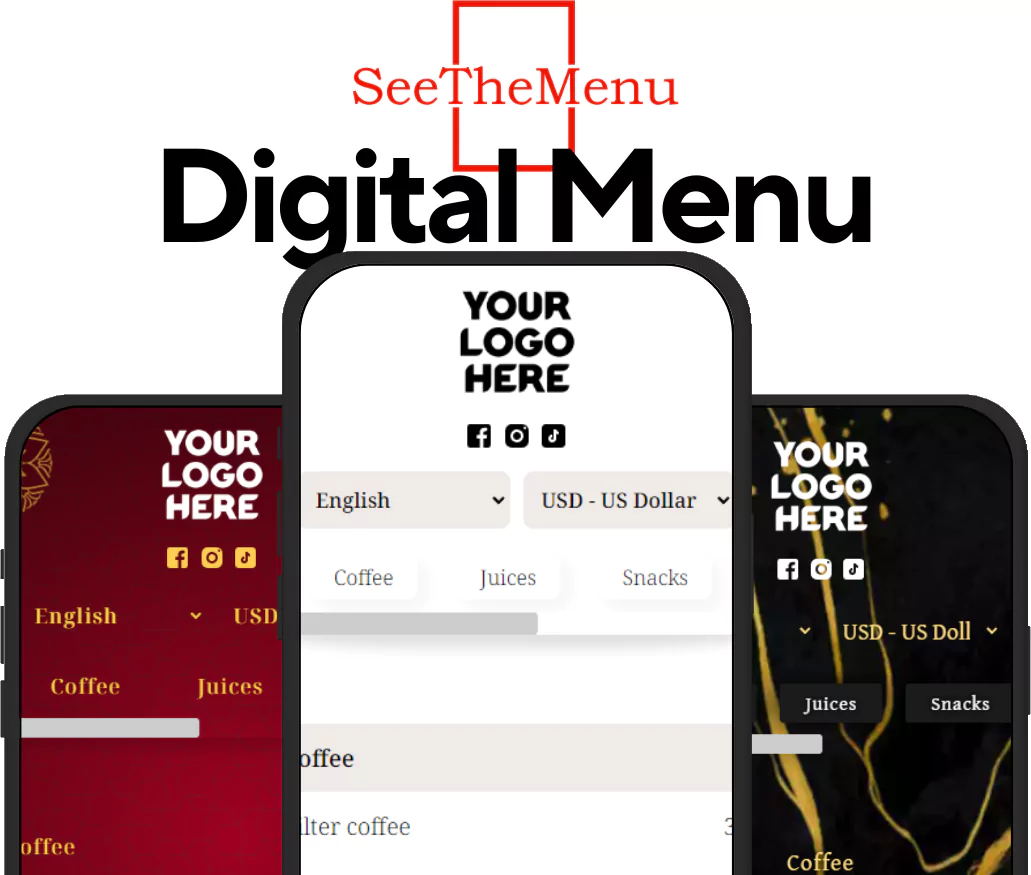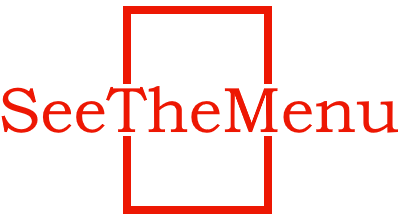Navigating Through Your Digital Menu Analytics: Tips and Tricks
Date:14/07/2024

Digital menus are not only innovative tools for enhancing the dining experience but also powerful sources of actionable analytics. These analytics can provide deep insights into customer preferences, menu performance, and overall business trends. Understanding how to interpret and effectively use this data is crucial for optimizing your restaurant’s operations and boosting profitability. This blog post provides essential tips and tricks for navigating through your digital menu analytics.
Understanding Digital Menu Analytics: Digital menu analytics can range from basic metrics like page views and most viewed items to more complex data such as average spend per customer and conversion rates from viewing to ordering. Leveraging these insights can inform menu adjustments, marketing strategies, and even staffing decisions.
Tips for Interpreting Digital Menu Analytics:
- Track Popular Items:
- Identify which menu items are most frequently viewed and ordered. This can help in deciding which dishes to promote more and which ones may need to be reevaluated or improved.
- Analyze Customer Behavior:
- Look at how customers interact with your digital menu. Track metrics like average time spent on the menu, the flow from one section to another, and where drop-offs occur. This can help in optimizing the layout and content of the menu.
- Monitor Peak Usage Times:
- Understanding when your digital menu is most accessed can help in planning for peak times, ensuring that your staff is adequately prepared for high traffic periods.
- Segment Data by Customer Demographics:
- If available, analyze data based on customer demographics such as age, gender, or location. This segmentation can provide insights into the preferences of different groups, allowing for more targeted marketing and menu customization.
Tricks for Using Analytics to Enhance Operations:
- Personalize Marketing Efforts:
- Use the insights gained from analytics to tailor marketing campaigns. For example, if certain menu items are popular during specific times, create promotions or ads that highlight these items during those peak periods.
- Optimize Menu Layout:
- Based on analytics, rearrange your digital menu to place high-performing items in prominent positions or suggest popular combinations of dishes to increase average order values.
- Adjust Inventory and Scheduling:
- Use data on popular items and peak times to better manage inventory levels and schedule staff more effectively, reducing waste and ensuring optimal customer service.
- Implement A/B Testing:
- Regularly test different versions of your digital menu to see what works best. This could be testing different images, descriptions, or even pricing strategies to determine what maximizes engagement and sales.
Leveraging Feedback Loops:
- Encourage feedback through your digital menu. This direct line of communication can provide qualitative data that complements the quantitative data from analytics, offering a fuller picture of customer satisfaction and areas for improvement.
Conclusion: Effectively navigating digital menu analytics can transform raw data into valuable insights that propel your restaurant towards greater efficiency and profitability. By continuously analyzing and acting on this data, you can ensure your restaurant remains responsive to customer preferences and market trends.
